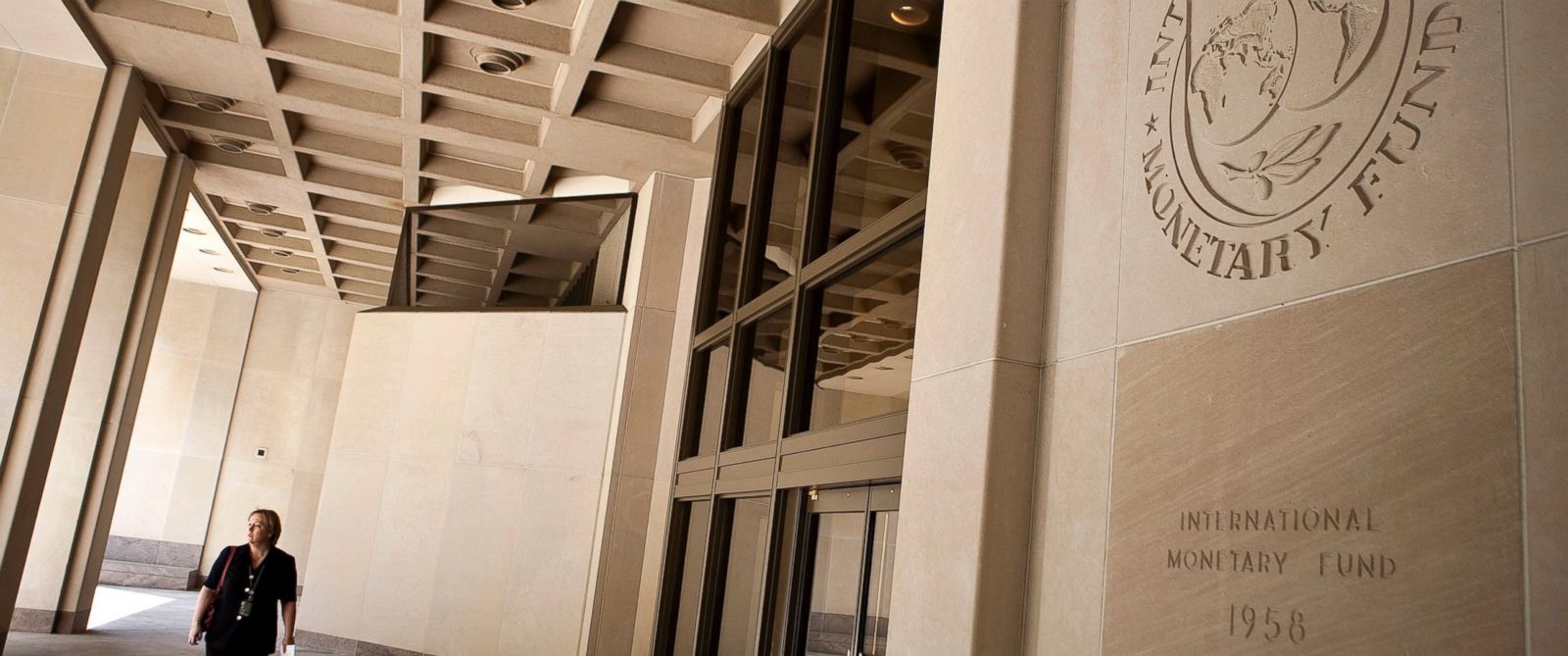The International Monetary Fund, in its latest assessment of Iran’s economy, has forecast a decent growth rate for the country both for 2016 and 2017.
The report was released on Monday as part of the annual Article IV review of the Iranian economy.
According to IMF’s website, the mission–which visited Tehran from December 3 to December 14–held constructive discussions with senior officials from the government, the Central Bank of Iran and representatives of the private sector.
“Higher oil production and exports, after implementation of the Joint Comprehensive Plan of Action [Iran’s nuclear deal with world powers] should allow real GDP growth to rebound to 6.6% in 2016-17,” IMF said.
The fund, however, said growth is projected to ease to 3.5% in 2017-18, as oil production normalizes and non-oil sector growth remains modest.
The report adds that the prudent policies implemented in recent years should allow inflation to average about 9% in 2016-17 before temporarily rising to just over 11% in 2017-18 due to the pass-through from recent exchange rate depreciation.
Iran’s inflation rate eased into single digits for the first time in a quarter century in June.
“The challenge now is to create the conditions for sustained macroeconomic stability and growth. Comprehensive and coordinated reforms that seek to defend low and stable inflation, restructure and recapitalize banks, cast fiscal policy in a medium-term framework to support reforms, and prioritize legal and regulatory changes that facilitate investment, aid job creation, and improve governance would achieve these goals. Better data quality, availability, and timeliness would support the reform process,” adds the report.
“Prudent fiscal policy and liquidity management are critical to keep inflation low and stable. The government should sharply reduce its directed credit schemes and adjust regulated prices to curb liquidity pressures.”
According to the statement, the central bank requires greater independence and better tools under the new Central Bank Bill to sustain low and stable inflation. The IMF mission has also welcomed Iranian authorities’ commitment to unify the exchange rate and return to a managed float, and recommends that this proceeds expeditiously to ensure flexibility to manage shocks.
Banking Reform
According to IMF, Iranian banks are in urgent need of restructuring and recapitalization to safeguard financial stability and reduce high lending rates.
The mission urges that distressed banks be put under close supervision and an Asset Quality Review be commenced to determine an appropriate plan to recapitalize viable banks and resolve nonviable institutions.
It called for linking recapitalization of state-owned banks to measures that improve their commercial viability.
“The mission welcomes the authorities’ strong commitment to AML/CFT reform that should facilitate the expansion of correspondent banking relationships. They have created dedicated AML/CFT units in all banks, adopted a high-level action plan with the FATF (Financial Action Task Force), and requested a comprehensive AML/CFT assessment by IMF staff in 2018. Staff stresses the importance of fully implementing the FATF action plan and improving AML/CFT effectiveness,” the report noted.
“Fiscal policy has to adapt to the spending pressures while finding space to support growth. Public debt is set to rise on the back of the new debt to clear government liabilities and recapitalize banks. A medium-term fiscal framework that targets a gradual adjustment in the non-oil fiscal deficit can address the substantial spending pressures while keeping debt sustainable. Measures that mobilize domestic revenue and improve expenditure composition would ensure the adjustment is growth-friendly and protects the poor.”
Reduced Red Tape
The IMF believes regulatory reforms are essential to lift Iran’s attractiveness to foreign investors.
A registry of corporate beneficial ownership and bolstering the anti-corruption framework would complement AML/CFT reforms. Improving the commercial orientation of state-owned firms, less red tape and more open competition would create space for the private sector to grow.
“The sixth development plan [2016-21] recognizes the need to create jobs. The education system needs to better match the skills of graduates to employer needs. Higher female participation and employment can boost growth. Women represent over half of university students and the government can further enhance their job opportunities through a non-discrimination law and targeted active labor market policies,” it said.
The mission at the end thanked the Central Bank of Iran, Ministry of Finance, Planning and Budget Organization, Vice Presidency for Women and Family Affairs, counterparts in the oil and labor ministries, Majlis Research Center and the financial and private sectors for their candid discussions.
It will prepare a staff report and present it to the Executive Board of the IMF for discussion in March 2017.


